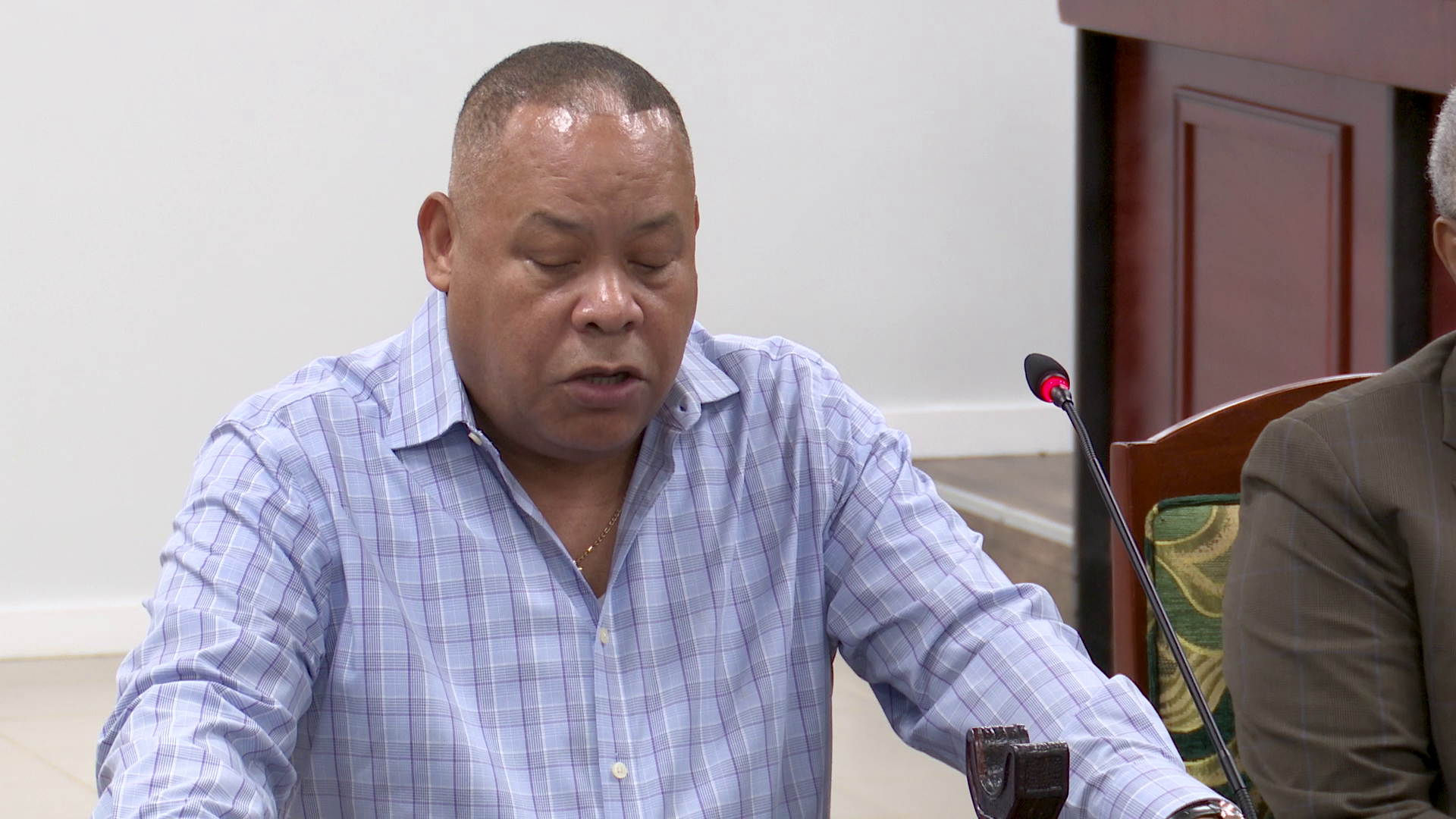This morning, the Senate Special Select Committee picked up its investigation into the hotly debated Definitive Agreement given to Portico Enterprise Limited by the Barrow administration back in October 2020. The public hearings, spearheaded by NGO Senator Janelle Chanona, have been a marathon of testimonies, with several key figures, like developer David Gegg, taking the stand. However, the inquiry has hit several roadblocks, with some witnesses not showing up and others being advised by their lawyers not to answer certain questions. Earlier today, Cabinet Secretary Stuart Leslie faced the committee, accompanied by Senior Counsel Eamon Courtenay, who also serves as the Leader of Government Business in the upper house. Here’s what went down.
Stuart Leslie, Cabinet Secretary
“Members of the committee, I am here at your invitation as Cabinet Secretary and not in my personal capacity. As this committee is aware, documents and deliberations of the Cabinet are strictly confidential and exempt from disclosure. As Cabinet Secretary, I took an oath to uphold the laws and constitution of Belize, and I intend to be faithful to that oath. I have been advised that I am not at liberty to discuss any Cabinet documents or deliberations in Cabinet to this committee or otherwise. Respectfully, I am therefore not in a position to assist this committee with any evidence or documents.”
Janelle Chanona
“Colleagues, who would like to go first? [To Stuart Leslie]…You can indicate that you are declining to answer, but…”
Stuart Leslie
“I thought that was what my statement said. Yes, I decline.”
Janelle Chanona
“Yes. So it is just for you to indicate that this is the basis for you declining. We just need to get it on the record that we have asked and you have answered. Hi, good morning, Cabinet Secretary, thanks for coming. I just had a few questions, perhaps you could help me understand…”
Eamon Courtenay
“Madam Chairman, I am sorry interrupt, Senator, but I have advised…”
Janelle Chanona
“Sorry, again, morning Senator Courtenay, I know you’re here as an attorney, but again, as per protocol established by the SSSC, only the witnesses are to convey, so you can indicate that legal advice is advising you not to respond, but you would like to pose the questions.”
Eamon Courteny
“[To Stuart Leslie]… let’s go.”
Stuart Leslie
“I will not answer any questions.”
